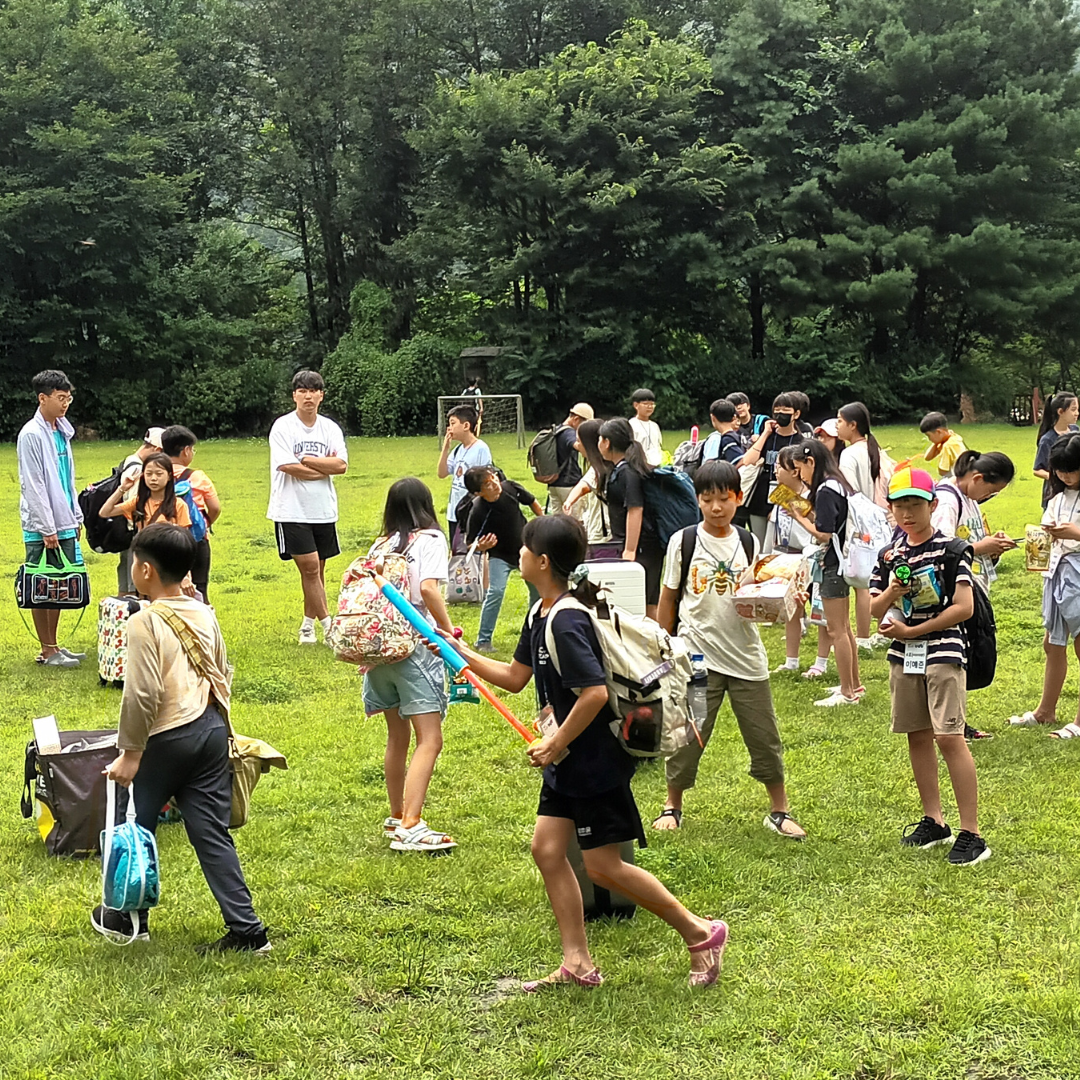Extracurricular activities play a crucial role in shaping a student’s experience in both high school and college. As students navigate their academic journey, these activities provide an opportunity to explore interests, develop skills, and build a diverse profile for college admissions. Engaging in the right extracurriculars can significantly enhance a college application and set students apart from their peers.
In high school, students should consider joining clubs, sports, or volunteering that reflect their passions and aspirations. Participation in these activities not only fosters personal growth but also cultivates important skills such as leadership, teamwork, and time management. College admissions committees often look for well-rounded candidates who demonstrate commitment and initiative outside of the classroom.
As students transition to college, the impact of extracurricular involvement continues. Colleges offer a wide array of organizations and groups that can enrich a student’s academic experience and help them form valuable connections. Students who actively participate in extracurricular activities tend to find a sense of belonging and purpose, which can enhance both their education and personal development.
Types of Extracurricular Activities
Extracurricular activities span various interests and skills, offering opportunities for personal growth, leadership, and teamwork. These activities can help students discover their passions and talents while enhancing their resumes.
Sports and Athletics
Sports and athletics provide students with a platform to develop physical fitness and teamwork skills. Participation in sports such as soccer, basketball, swimming, or track can foster a sense of belonging.
Athletes learn discipline and commitment, often participating in competitions that sharpen their skills. Programs may include individual sports like tennis or group activities like football.
School teams often require rigorous training, encouraging perseverance. Engaging in athletics not only enhances physical health but also builds leadership qualities, as team captains guide their peers and contribute to group dynamics.
Arts and Music
The arts and music sector encompasses a wide range of creative outlets. Students may join school bands, orchestras, or theater productions, where they can express their creativity.
Involvement in these areas fosters confidence and presentation skills. Performing in front of an audience can be a transformative experience that boosts self-esteem.
Art clubs often provide opportunities for practice in painting, sculpture, or digital media. Participation can lead to exhibitions, showcasing individual talents and creativity to the school community.
Clubs and Academic Societies
Academic clubs play a vital role in enhancing students’ intellectual interests. Options include the National Honor Society, debate clubs, and foreign language clubs.
Students interested in STEM can join science clubs, engineering clubs, or math clubs. These organizations often create an environment of collaboration, encouraging problem-solving and innovation.
Clubs like Model UN or Quiz Bowl challenge participants intellectually while developing critical thinking and public speaking abilities. Students participating in these clubs gain skills that are valuable for future academic and professional pursuits.
Leadership and Governance
Leadership activities encompass student government roles and service organizations. In these contexts, students engage in planning events and addressing school concerns.
Participating in student government fosters skills such as negotiation, decision-making, and responsibility. Members learn to work collaboratively on initiatives that benefit their peers.
Service organizations may focus on community outreach and charitable events. These experiences highlight the importance of civic responsibility and cultivate a sense of community among students.
Community Service and Volunteering
Community service and volunteering play crucial roles in fostering civic engagement. They provide opportunities to connect with local and national issues, allowing individuals to make meaningful contributions to society.
Local and National Service
Local and national service programs, such as Habitat for Humanity and AmeriCorps, offer structured opportunities for individuals to dedicate their time and skills. Local service initiatives often address community-specific needs, such as poverty relief, education support, and environmental conservation.
Volunteers engage in various activities, from tutoring children to organizing food drives. In national service programs, participants tackle broader challenges, such as disaster response and public health. Commitment and dedication are essential, as these experiences can be transformative for both the volunteer and the community.
Initiatives and Fundraising
Community service initiatives often require fundraising efforts to support their projects. Organizations like Amnesty International depend on contributions to advocate for human rights and maintain their programs.
Volunteers can participate in fundraising events such as charity runs, auctions, or donor drives. These activities not only raise money but also increase awareness about important social issues. Engaging the community fosters a sense of ownership and responsibility, encouraging continued support for quality initiatives. Setting specific goals helps ensure effective fundraising efforts, allowing communities to thrive through dedicated service.
Building a Balanced Profile
A well-rounded profile enhances a student’s college application by showcasing their diverse interests, skills, and commitment to various activities. This section highlights the importance of being well-rounded, understanding what admissions criteria entail, and strategically selecting extracurricular activities.
Importance of Well-roundedness
A well-rounded profile attracts the attention of admissions officers by demonstrating a student’s versatility. College applications often require more than just strong grades and test scores. Engaging in diverse extracurricular activities showcases a student’s ability to balance academics with interests outside the classroom.
Being involved in various activities can signal dedication and passion. This commitment not only highlights skills but also underscores a candidate’s ability to manage time effectively. A diverse range of extracurriculars can encompass leadership roles, artistic pursuits, and community service, creating a robust and impressive resume.
Understanding Admission Criteria
Colleges look for candidates who excel both academically and in extracurricular activities. Admission officers evaluate applications based on a combination of GPA, test scores, and involvement in activities. A balanced profile provides evidence of both academic excellence and a range of interests.
Moreover, selective colleges often seek students who can contribute to campus diversity. Applicants with unique experiences, backgrounds, and perspectives stand out. Understanding these criteria allows students to tailor their profiles to align with what institutions value.
Strategic Extracurricular Selection
Choosing extracurricular activities should be a strategic process. Students should consider their interests and strengths while committing to quality over quantity. A focused selection allows individuals to develop depth in specific areas, making their experiences more valuable.
For instance, a student passionate about the environment may engage in sustainability initiatives or environmental clubs. This targeted involvement not only demonstrates commitment but also helps build expertise. Additionally, showcasing leadership experiences, such as organizing events or leading a team, can further enhance a student’s profile and illustrate their dedication.



